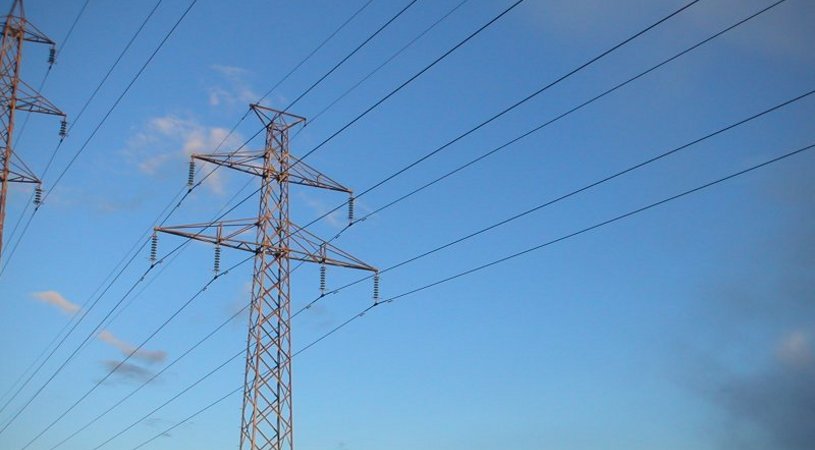Electricity is a regular topic of conversation in Umnugovi that has the feel of an unexplained natural phenomenon. We’re all shamans trying to divine the secrets of what keeps the electricity on and what makes it go away.
See, the power plant in Dalanzadgad, the provincial capital of Umnugovi, rarely produces electricity for more than a few days at a time between its all too common outages. For example, the power has gone out at least one hour a day for the last two weeks and once for more than 24 hours. The power company and local government are inconsistent about providing information about the causes. As such, Gobi residents are left to their own imaginations about what is happening. Did a generator explode? Is there enough capacity? Are they conducting maintenance work? Did someone accidentally switch off the grid instead of the bathroom light at the plant? It is mostly an unknowable mystery.
This is a problem that goes back at least ten years.1 In the early 2000s, it was somewhat understandable. According to the National Statistics Office, 32 percent of the country did not have access to regular electricity in 2000,2 so having any electricity at all then, no matter how inconsistent, must have seemed like a luxury. In 2010, though, only 3.3 percent of the country was without electrical service,3 and yet the situation in the Gobi is much the same as it ever was.

As common as camels in the Gobi
As Oyu Tolgoi nears full production there have been more and more news stories about the on-going negotiations between the Mongolian and Chinese governments to provide power to the mine.4 The hang up, in part, is the not-so-secret political desire on the Mongolian government’s side to block Chinese involvement in Mongolia’s resource boom and to source the electricity directly within Mongolia. The reality, just by pure observation, is that Mongolia can barely provide electricity to its citizens now, and powering Oyu Tolgoi, as the UB Post recently reported, may soon be the least of the country’s power worries.5 The open question is whether politics will trump pragmatism and make reaching a deal impossible, pushing Oyu Tolgoi’s full production start date back until a power plant is built near the site. It would seem like the worse kind of politics to let more and more people in the country experience darkness that is common place in the Gobi while pouring precious funds into building power plants for mines instead of for the entire national grid, but politics is not required to make rational sense.
It sometimes feels like the Gobi is being left behind in spite of its wealth. But, if things continue as they are, then the Gobi is on the leading edge of the new reality for all Mongolians which is less or no electricity for daily life. For Gobi residents, sadly, it won’t feel all that different than the present.
Footnotes
1. My wife was a Peace Corps Volunteer in Umnugovi from 2002-2004 and spent most of those two years cold and in the dark.
2. National Statistics Office of Mongolia, “2010 National Census Main Results”, http://www.toollogo2010.mn/doc/Main%20results_20110615_to%20EZBH_for%20print.pdf, slide 56.
3. Ibid.
4. See, an example at http://www.mining.com/oyu-tolgoi-all-thats-left-is-for-china-to-flip-power-switch-51185/.
5. See UB Post, “Ulaanbaatar in Danger of Energy Shortage”, http://ubpost.mongolnews.mn/?p=1567, (Oct. 19, 2102).



